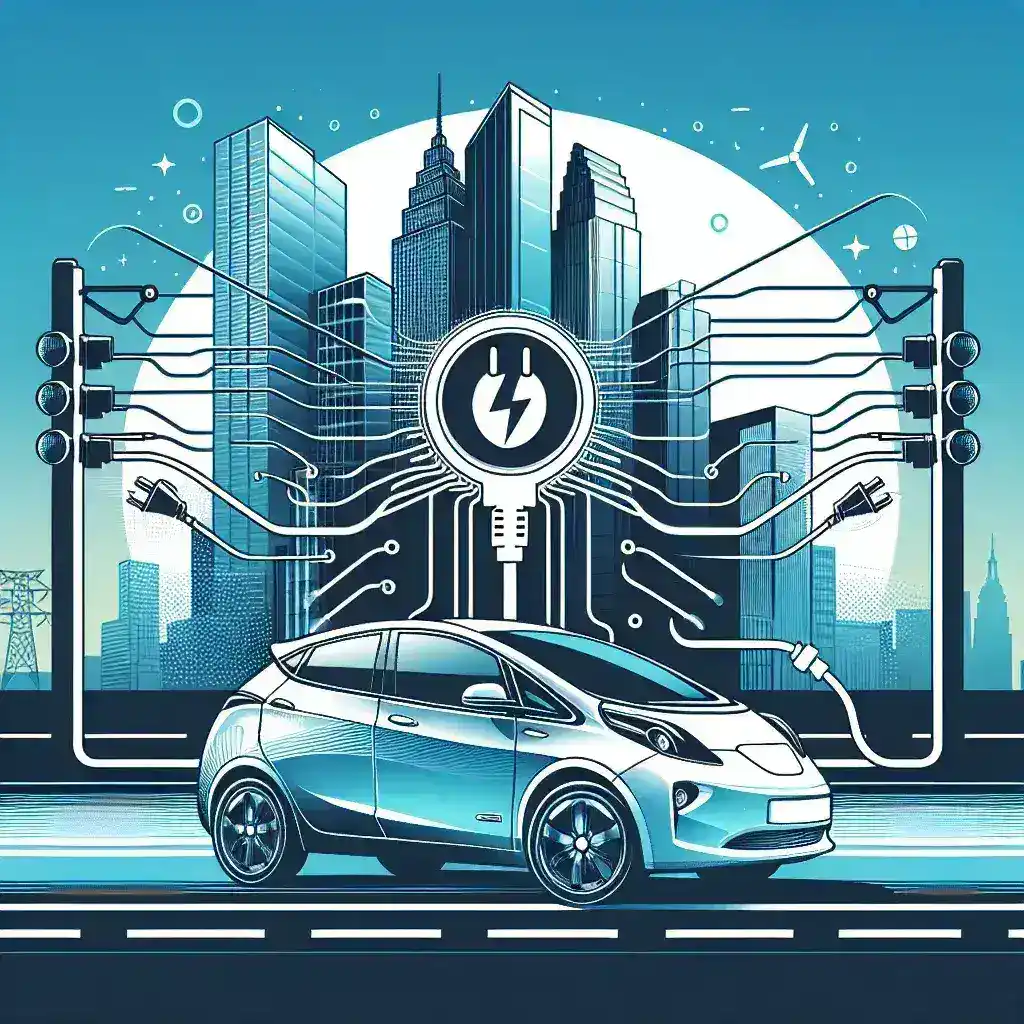Introduction
The world is witnessing a significant shift towards sustainable energy solutions, with electric vehicles (EVs) leading the charge. Among EV manufacturers, Tesla stands out not just for its innovative cars but also for its commitment to integrating these vehicles with the power grid. This article delves into Tesla’s recent initiatives to enable vehicle-to-grid (V2G) features in U.S. energy markets, exploring the implications for consumers, energy efficiency, and the broader energy landscape.
Understanding Vehicle-to-Grid Technology
Vehicle-to-grid technology allows electric vehicles to communicate with the power grid and transfer energy back to it. This two-way interaction turns EVs into mobile energy storage units, enabling them to discharge stored electricity during peak demand periods. As Tesla rolls out V2G capabilities, it positions itself at the forefront of a revolutionary approach to energy management.
The Mechanics of V2G
At its core, V2G technology leverages the battery storage capacity of electric vehicles. Here’s how it works:
- Charging and Discharging: During off-peak hours, EVs can be charged when electricity rates are lower. When demand surges, these vehicles can discharge energy back to the grid.
- Smart Grid Communication: Advanced software facilitates real-time communication between EVs and the power grid, ensuring efficient energy flow.
- Incentives for Users: Consumers can potentially earn money or save on electricity bills by participating in V2G programs.
Historical Context
While the concept of V2G is relatively new, the idea of energy storage has been around for decades. The emergence of renewable energy sources, such as solar and wind, has further accelerated the need for efficient energy storage solutions. Tesla’s development of the Powerwall, a home battery system, laid the groundwork for integrating EVs into the grid. With the recent advancements in battery technology, the possibility of V2G has gained traction.
Current Developments in the U.S. Energy Markets
As of 2023, Tesla is actively working with various utility companies and regulatory bodies to implement V2G features across the United States. Here are some noteworthy developments:
Partnerships with Utility Companies
Tesla has established partnerships with several utility providers, enabling pilot programs in select states. These collaborations aim to assess the viability of V2G technology and the potential benefits for both consumers and energy providers.
Regulatory Framework
Regulatory challenges remain a significant hurdle for V2G implementation. However, increased interest from state governments has led to the formulation of policies that support the integration of EVs into the energy system. The Federal Energy Regulatory Commission (FERC) has also shown support for V2G initiatives, recognizing their potential to enhance grid reliability.
Benefits of Tesla’s V2G Features
The integration of Tesla’s V2G technology brings numerous benefits:
- Energy Resilience: V2G can improve grid stability by providing additional energy during peak demand, reducing the risk of blackouts.
- Cost Savings: EV owners can save money on energy costs through participation in demand response programs, earning credits for discharging energy back to the grid.
- Environmental Impact: By optimizing energy usage, V2G can reduce reliance on fossil fuels, contributing to a cleaner energy future.
Challenges Ahead
Despite its potential, the path to widespread V2G adoption is fraught with challenges:
Infrastructure Limitations
Current electrical infrastructure in many regions may not support the required bi-directional energy flow. Upgrades to the existing grid are essential for successful V2G implementation.
Consumer Awareness and Adoption
Educating consumers about the benefits and mechanics of V2G will be crucial for widespread adoption. Without public interest and participation, V2G programs may struggle to gain traction.
Future Predictions
As Tesla continues to innovate, the future of V2G looks promising:
Expansion to Other Markets
While current initiatives are focused on the U.S. market, Tesla’s V2G technology may soon expand to international markets, particularly in regions with advanced renewable energy strategies.
Integration with Renewable Energy Sources
The coupling of V2G technology with renewable energy sources could revolutionize energy consumption patterns, allowing for a more stable and reliable grid.
Real-World Examples
Several pilot programs are currently being tested, providing insight into the practical applications of V2G:
- California: Tesla is collaborating with Pacific Gas and Electric in California to run a pilot program that incentivizes EV owners to participate in V2G.
- New York: In New York, Tesla’s V2G initiative aims to enhance grid reliability while offering consumers a financial incentive to engage with the energy market.
Conclusion
Tesla’s pioneering efforts in enabling vehicle-to-grid features mark a significant milestone in the evolution of energy markets. By allowing electric vehicles to contribute to the grid, Tesla is not only enhancing energy efficiency but also empowering consumers to take part in the energy transition. As the technology matures, it holds the potential to reshape how energy is produced, consumed, and managed, leading to a more sustainable future. The road ahead for V2G is bright, and as we embrace these changes, we may soon find ourselves in a world where our vehicles play a critical role in energy management.

Leave a Reply